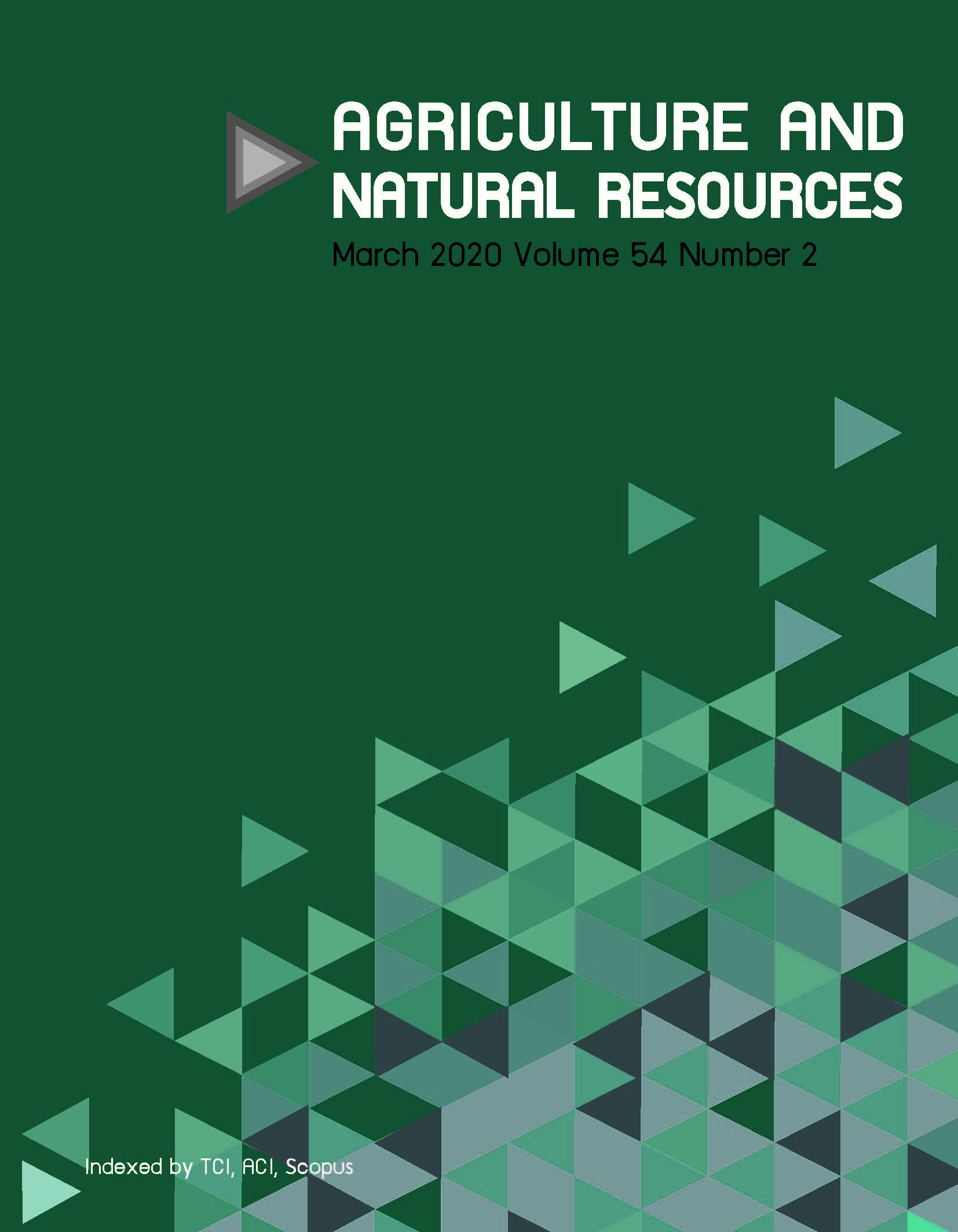Toxicity, antioxidant ability and inhibition of oral pathogens by monoterpene-rich essential oil of Litsea angulata Blume
Keywords:
Antimicrobial, DPPH, Essential oil, Monoterpene, Litsea angulata, ToxicityAbstract
The genus Litsea comprises about 136 species worldwide and some species have been used in traditional medicine and as essential oil sources. Litsea angulata Blume is distributed throughout Indonesia, Malaysia and New Guinea. This study dealt with the chemical composition, toxicity, antioxidant and in vitro antimicrobial activities of essential oil from L. angulata leaves. The essential oil was produced using steam distillation and the chemical components of the oil were analyzed using gas chromatography-mass spectrometry (GC-MS). Inhibitory activity against oral pathogens (Staphylococcus aureus, Streptococcus mutans, Streptococcus sobrinus and Candida albicans) was assayed using the agar well diffusion method. Free radical scavenging of 1,1-diphenyl-2-picrylhydrazyl (DPPH) was used to analyze the antioxidant activity. The toxicity was evaluated using the in vivo brine shrimp lethality test (BSLT). GC-MS analysis revealed the presence of monoterpenoids (85.28%) and the major compounds were β-pinene and cis-verbenol. The essential oil exhibited promising antimicrobial activity against the four test microorganisms, producing zones of inhibition with diameters of 11.44–50.00 mm. The highest inhibitory activity was obtained against S. mutans and S. sobrinus. The oil exhibited weak DPPH activity with 0–13.96% inhibition in the concentration range 0–50 μg/mL and was not toxic in the BSLT. These results demonstrated that this nontoxic essential oil could be considered as a potential antimicrobial agent against oral pathogens.
Downloads
Published
How to Cite
Issue
Section
License
Copyright (c) 2020 Kasetsart University

This work is licensed under a Creative Commons Attribution-NonCommercial-NoDerivatives 4.0 International License.
online 2452-316X print 2468-1458/Copyright © 2022. This is an open access article under the CC BY-NC-ND license (http://creativecommons.org/licenses/by-nc-nd/4.0/),
production and hosting by Kasetsart University of Research and Development Institute on behalf of Kasetsart University.







